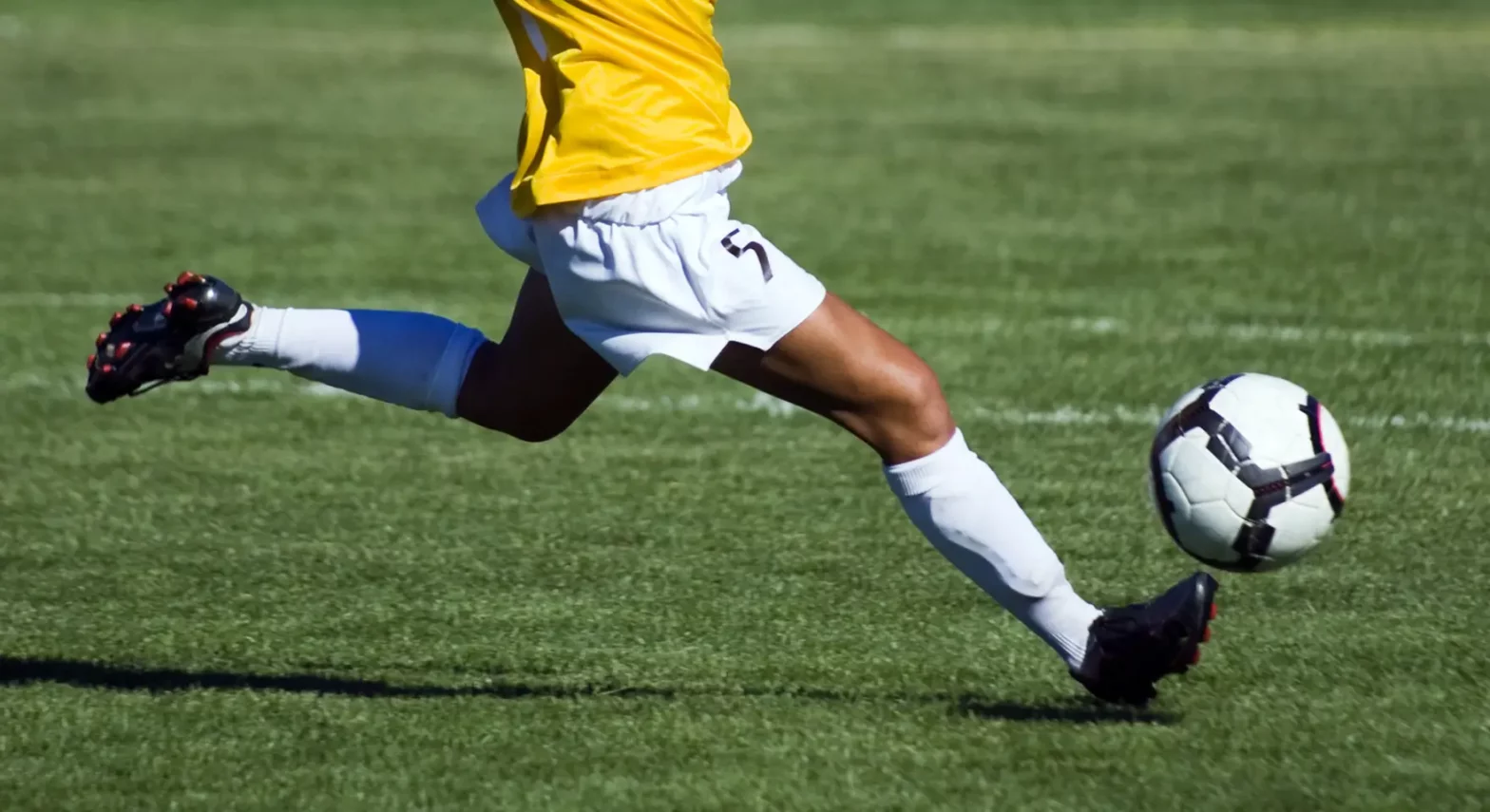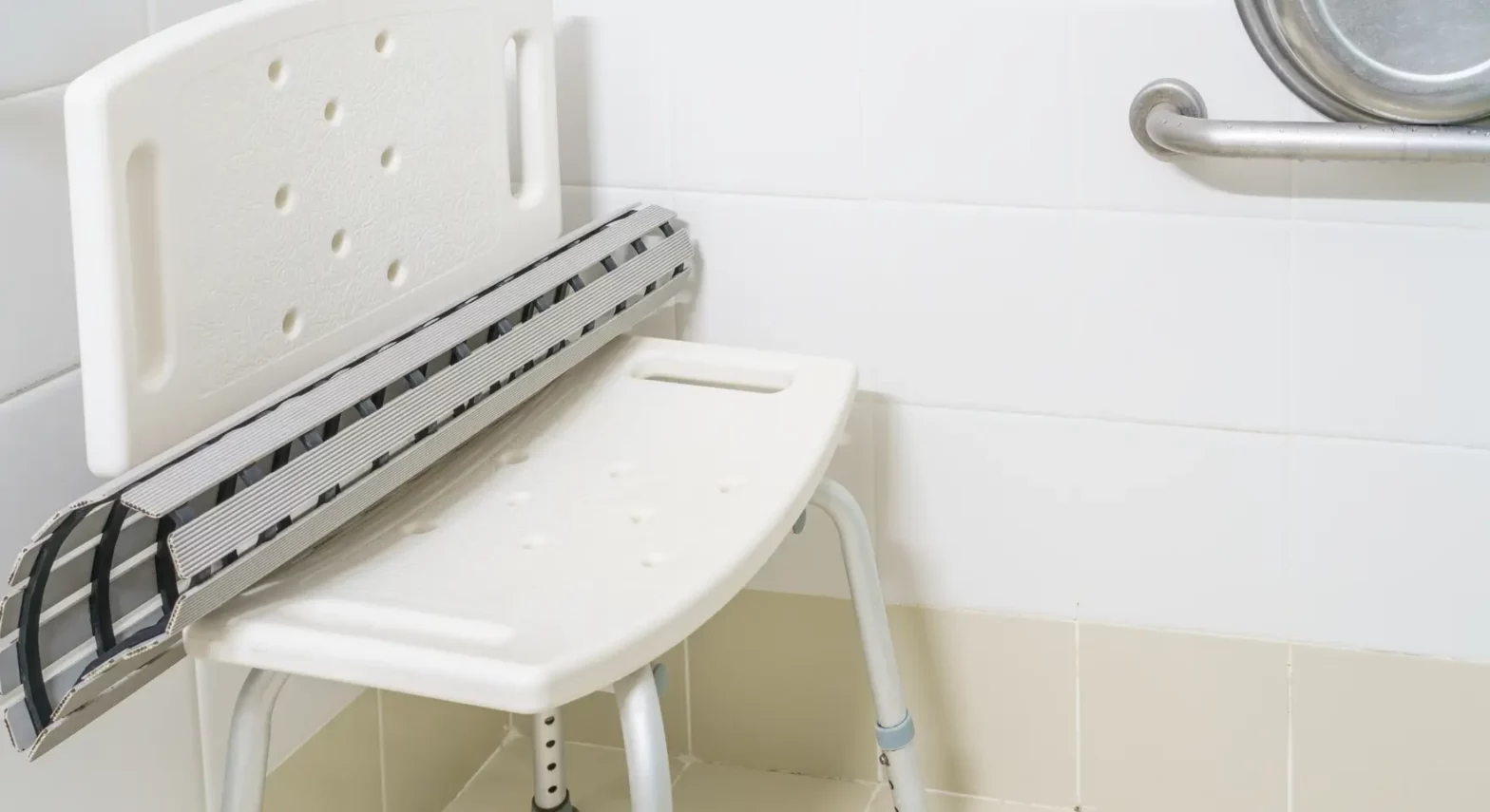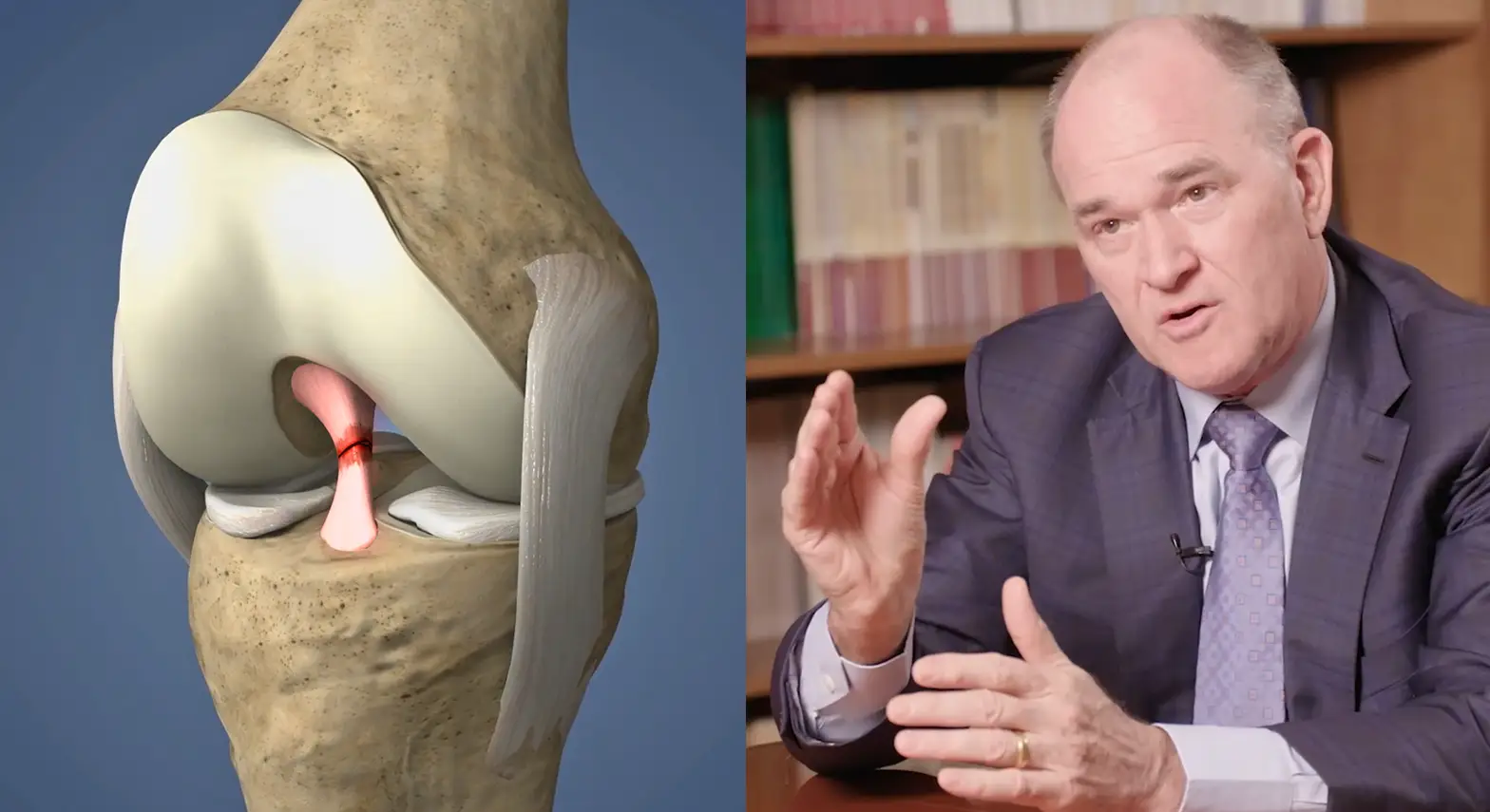March 1st, 2023
3 Ways Female Athletes can Help Prevent ACL Tears

Female athletes are at an especially high risk of ACL tears. Research shows women athletes tear their ACLs two to eight times more often than male athletes do[1]. This is partly because of the structure of the female body. Women naturally have a wider pelvis, which causes different alignment of the hips, knees, and ankles. A woman’s joints also have more motion than a man’s joints do. You may think motion is good, because we all need to move. But the ACL provides stability, so the wrong kind of motion can make it weaker. Women are also more likely to get ACL tears because they have less muscle around the knees. This can cause the ACL to tear as a result of stretching too far.
Over 38,000 female athletes experience an ACL tear each year, but there are steps women can take to prevent this injury[2]. Following some of these recommendations can lower a female athlete’s risk of sustaining an ACL tear.
Use Good Body Mechanics
No matter what your sport of choice is, it’s important to move in a way that will not cause injury. This is referred to as good body mechanics. One of the best tips is to have control over your movement and move in a consistent way. For example, your arms and legs should not flail when you jump. They should remain close to the body, but not tense. When you are ready to land, slightly bend your knees and do not let them cave in toward each other. Keep your knees positioned just under your shoulders.
When running, be sure to keep your shoulders rolled back and your chest facing forward. The top of your body should be centered over your hips, ankles, and (more specifically) your knees. Try your best not to favor one foot or leg. This helps evenly distribute your body weight.
Cutting movements are common in several sports. They involve planting your feet on the ground and quickly moving to one side and then the other. When done incorrectly, this type of motion can lead to ACL tears in female athletes. If you must cut, lead with your inside leg rather than your outside leg.
Body mechanics training can be helpful for preventing a range of injuries, especially sports-related ones. In particular, studies show ACL prevention programs that include body mechanics training can reduce an athlete’s risk of ACL tears by up to 64%[3].
Engage in Strength & Flexibility Training
All athletes know how important strength training is to their performance. This is why most sports require practice along with gym exercises. To reduce their risk of injury, female athletes should engage in strengthening exercises alongside neuromuscular training[4]. Such programs can include balance exercises, single-leg stability exercises, stretching, agility drills, exercises that focus on dynamic joint stability (such as knee bends and leg lifts), and plyometrics, or jump training. Research shows that these well-rounded strengthening programs can reduce a female athlete’s risk of an ACL tear by up to 50%[5].
Since muscles often work together to create certain movements, female athletes should train all muscle groups equally. Athletes who perform abdominal exercises should also spend time strengthening their back muscles. These muscle groups work together to give us core strength, but the back muscles are often overlooked in favor of the abdominal muscles.
It’s recommended that female athletes consult with personal trainers who can teach them the proper way to perform strengthening exercises without injuring themselves.
Expert Insights
Game Changers: 7 Exercises to Prevent ACL Injuries
Get Good Sleep
Sleep is crucial to help the body and mind replenish the energy spent during a day of work. Female athletes should aim for 8 or more hours of sleep each night[6]. This allows an athlete’s muscles and joints to recover from fatigue and exertion. Sleep also helps with another aspect of ACL prevention: body mechanics. When we are well-rested, our mind is alert and more aware. This awareness includes what is happening in our surroundings, but also extends to what our body is doing. To change the way their body is moving, female athletes must pay extra attention to their actions. Both of these components are key to performance, since many athletes report that success in sports is as much about mental focus as it is physical work.
In addition to sleep is rest, which is done during waking hours. Female athletes need to listen to what their bodies are telling them at all times. This will help them recognize when they are overdoing it and need to take a break. Women need to pay even closer attention to their energy levels if they are recovering from an injury or are spending a lot of time exercising in the heat.
At the end of the day, consistency is very important to the prevention of ACL tears. Studies show that athletes who participated in two or more training sessions weekly had a 27% lower risk of an ACL tear than those who completed one session per week[7]. Duration also plays a role, as research mentions that sessions longer than 20 minutes are 26% more effective at lowering the risk of an ACL tear than shorter sessions are. When female athletes get good rest, participate in prevention programs that meet this criteria, and focus on strength training, flexibility exercises, and body mechanics, they can reduce their risk of ACL injury by up to 75%[7]. In combination, these practices go a long way in allowing female athletes to continue performing their best.
Find an Orthopedic Doctor in Your Area





